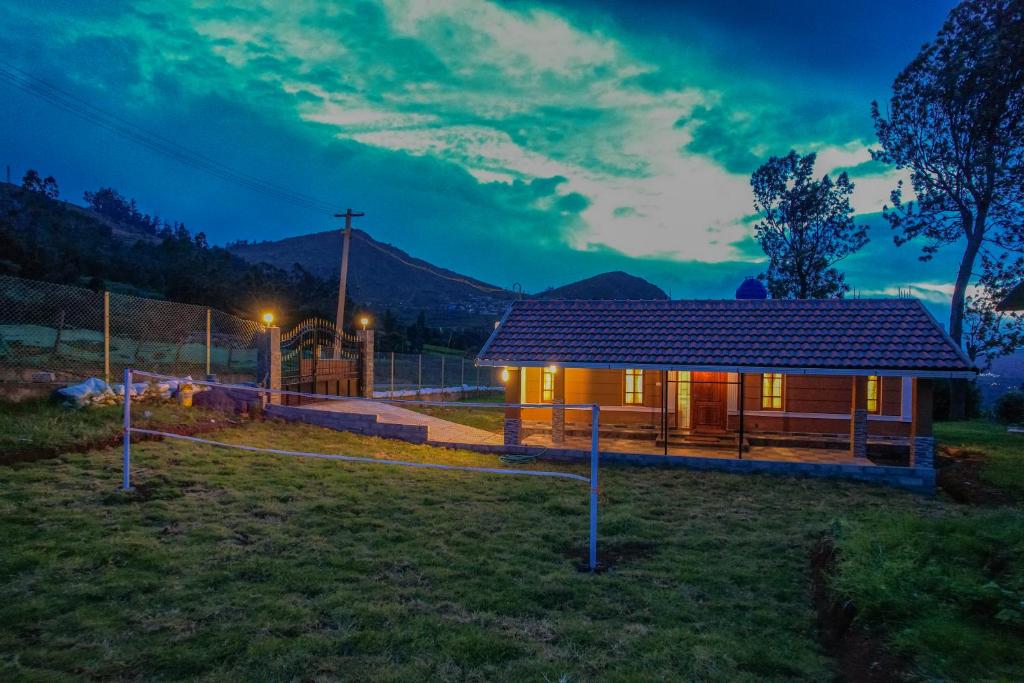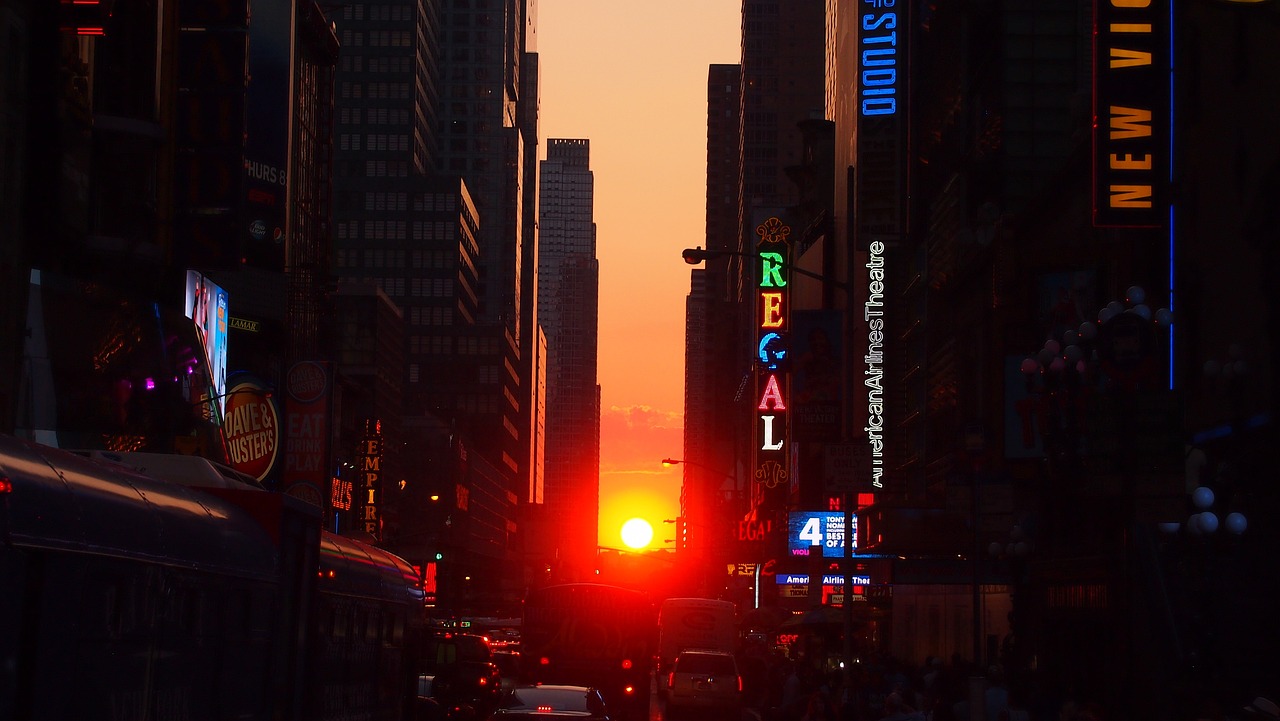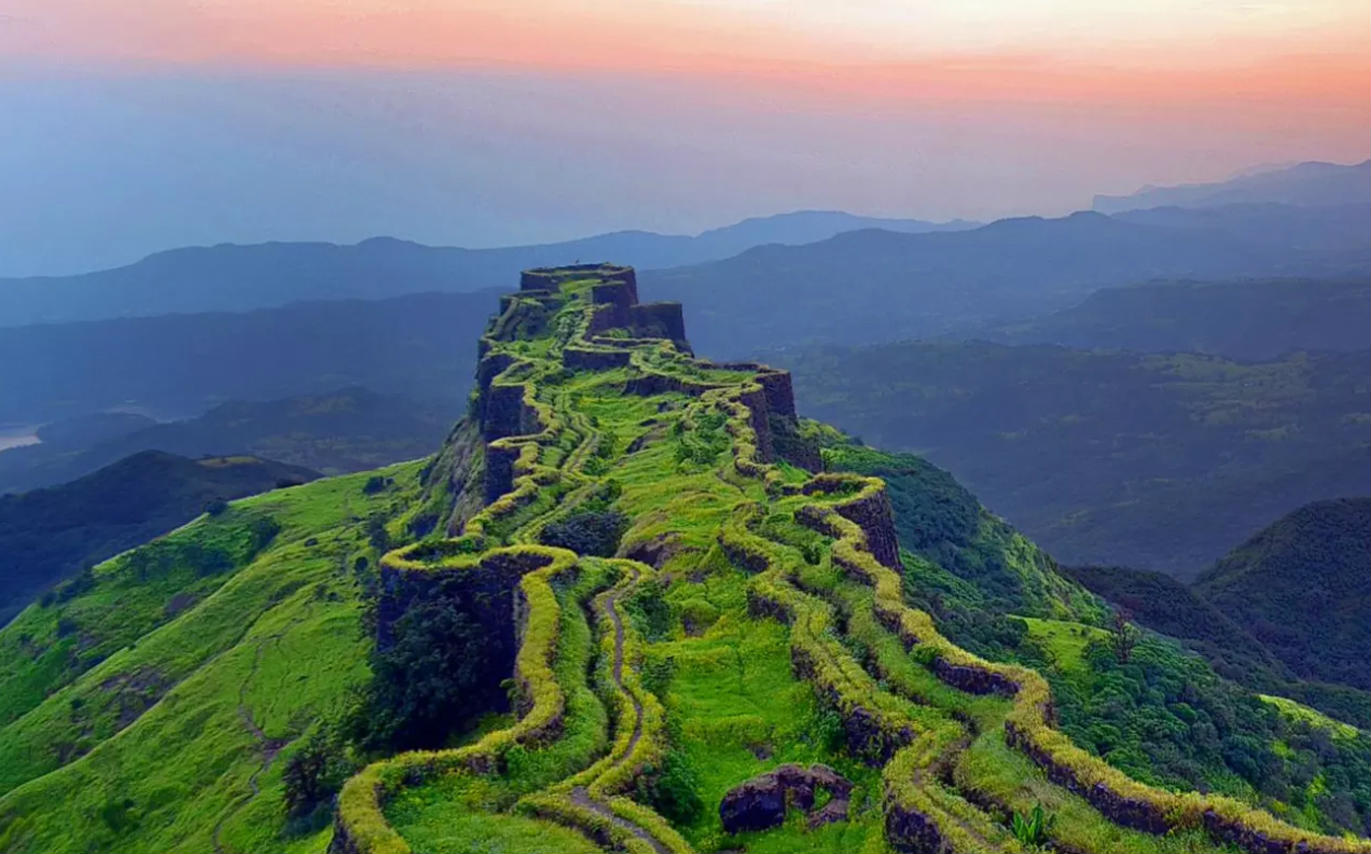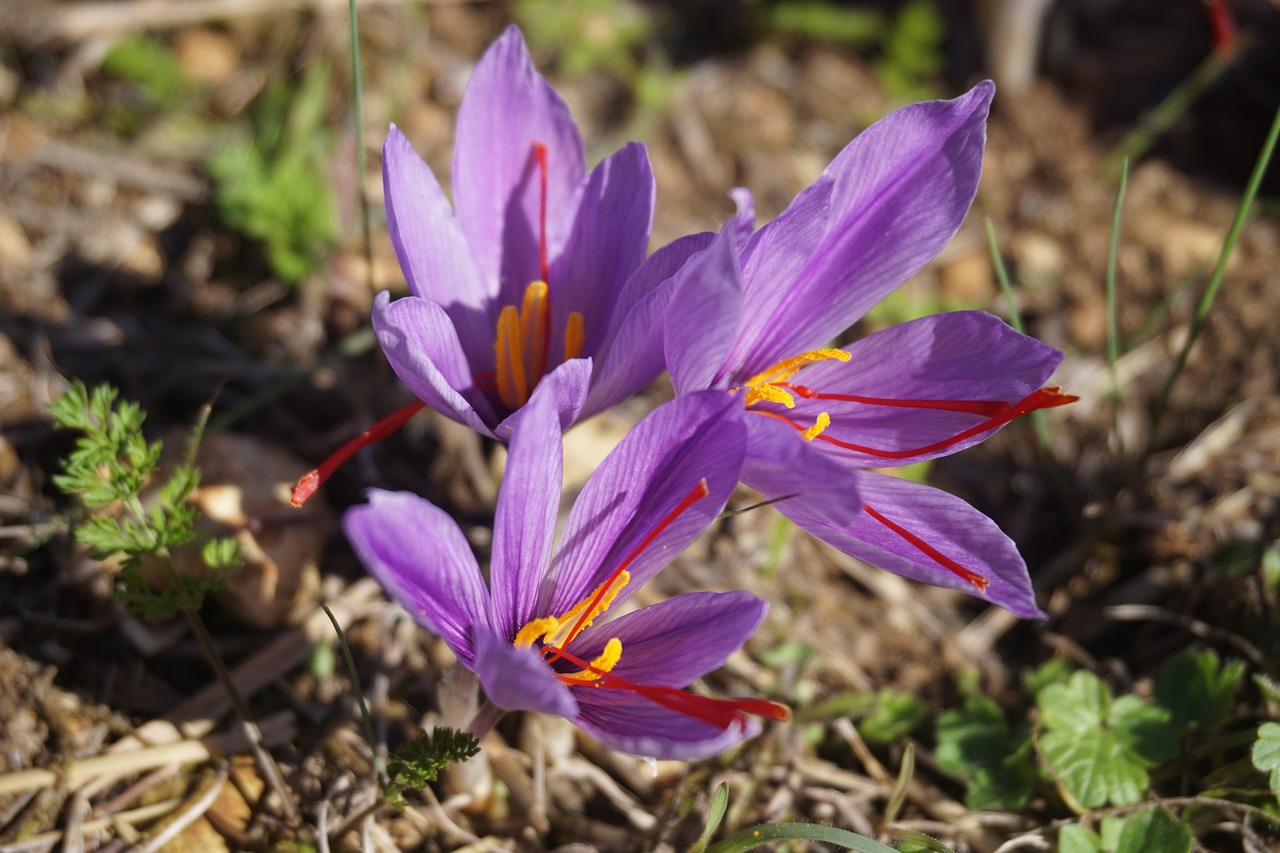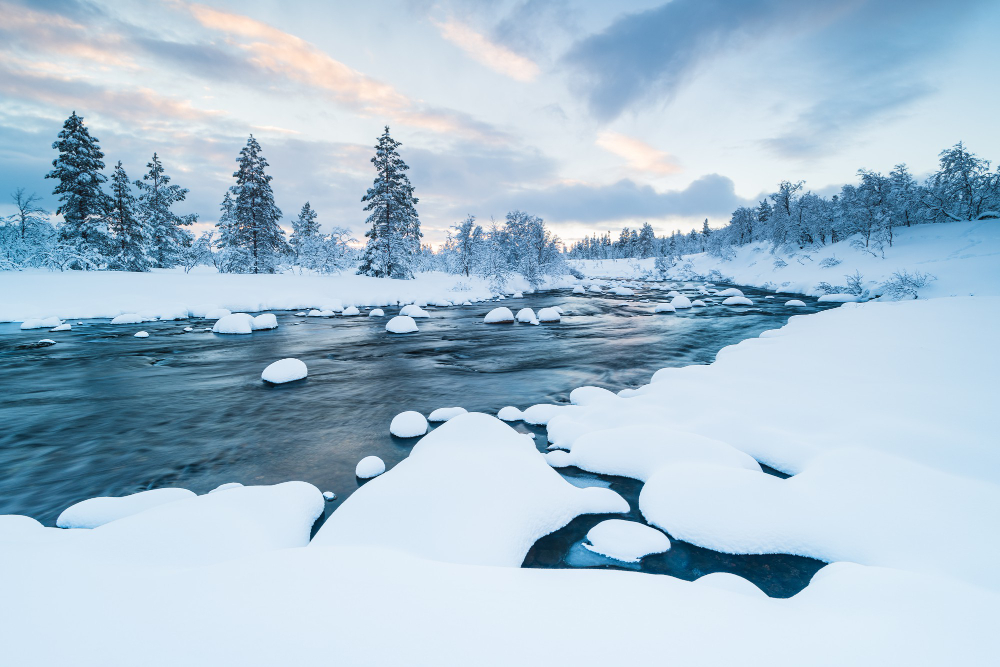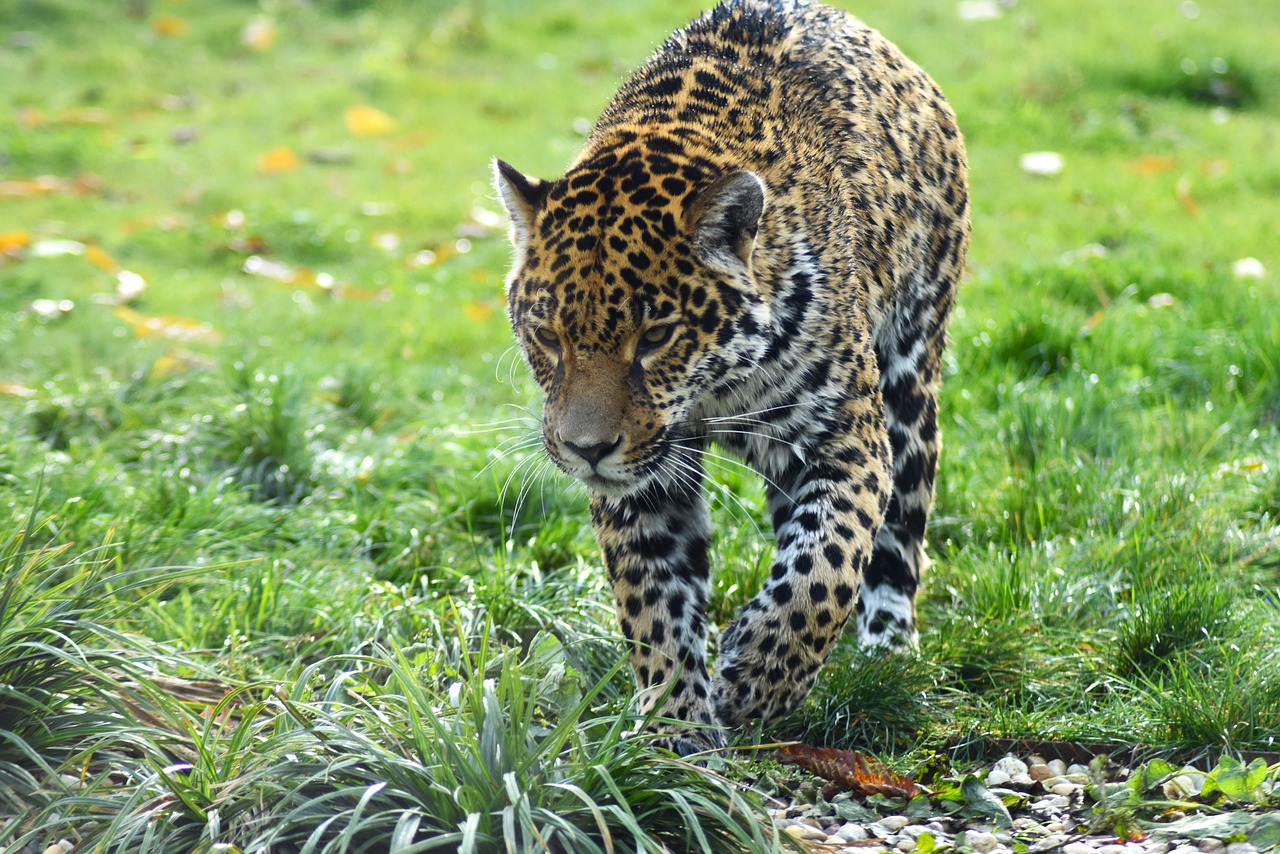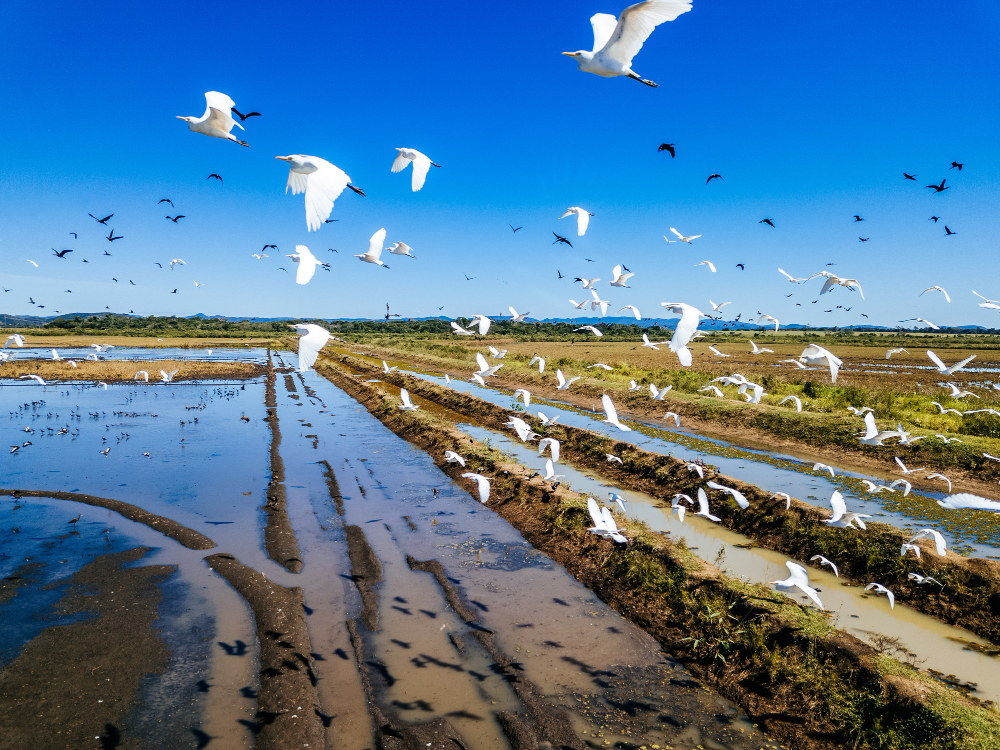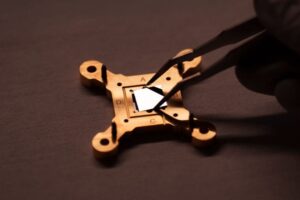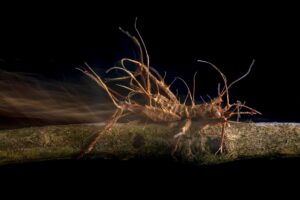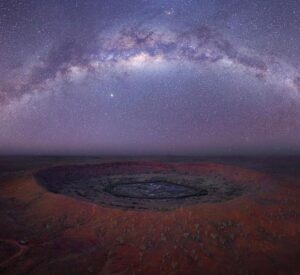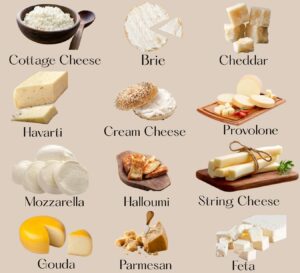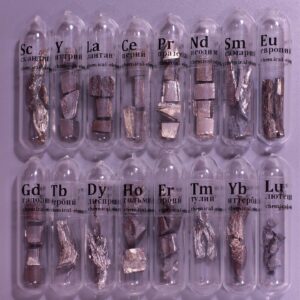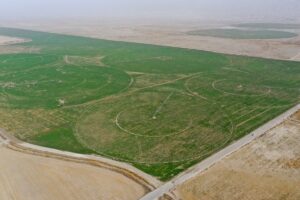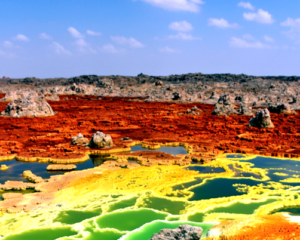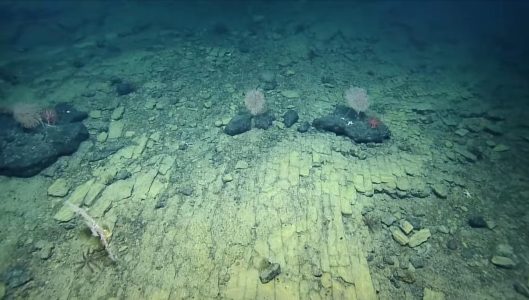 Pin
Pin Image by bjornnabbe
When researchers aboard the exploration vessel Nautilus first caught sight of the formation, the crew fell into an awed silence. The rocks stretched across the seafloor like a road from a dream, neat blocks lined together in what looked uncannily like a man-made path. The images instantly went viral, drawing comparisons to the magical yellow brick road from The Wizard of Oz. For a moment, it felt like science and fantasy had collided on the ocean floor.
But this wasn’t a lost city or some hidden relic of ancient civilizations. Instead, scientists quickly pointed out that the so-called “road” is a natural volcanic formation. Located near the Liliʻuokalani Ridge in the Pacific Ocean, this structure was shaped by geological processes that are both violent and mesmerizing. The uniform cracks and shapes come from cooling lava breaking apart in a way that mimics neatly laid bricks. It’s a beautiful reminder that Earth itself is the greatest artist, capable of creating wonders that spark both curiosity and imagination.
Table of Contents
A Closer Look at Liliʻuokalani Ridge
The underwater yellow brick road sits along the Liliʻuokalani Ridge, a remote part of the Pacific Ocean floor near Hawaii. This ridge is part of a chain of underwater mountains and seamounts, formed by ancient volcanic eruptions that shaped the Hawaiian archipelago. Unlike the sunny beaches most people picture when thinking of Hawaii, this region lies hidden thousands of feet beneath the waves, untouched and rarely seen by human eyes.
What makes this location so fascinating is not just its depth but also its isolation. Very few exploration missions have ever reached these seamounts, which is why every discovery here feels like stepping into a brand-new world. The yellow brick road isn’t just a quirky rock formation; it’s a window into Earth’s fiery past. Each fractured block of rock whispers the story of volcanic heat meeting icy seawater, cracking apart to form what looks like something out of a fairytale. It’s a humbling reminder that even in the most remote corners of the planet, nature leaves behind wonders waiting to be uncovered.
Science Behind the “Bricks”
At first glance, the seafloor pathway looks too orderly to be random, but geology has an elegant way of creating patterns. The yellow brick road effect comes from a process called thermal fracturing. When hot lava rapidly cools upon contact with cold seawater, it contracts and cracks into rectangular or hexagonal blocks. Over time, these breaks form neat, tile-like patterns that can easily fool the human eye into thinking someone built them.
This natural phenomenon is similar to what happens at places like the Giant’s Causeway in Northern Ireland, where cooling lava left behind thousands of hexagonal stone columns. The big difference here is that the Pacific version lies far beneath the waves, shielded from everyday sight. The “bricks” aren’t bricks at all—they’re fractured volcanic rock, yet they line up so perfectly that it feels like stepping into a legend. Science explains the logic behind the cracks, but it doesn’t take away from the sense of wonder. If anything, understanding the forces that shape them only makes the sight more extraordinary.
The “Yellow Brick Road” Moment
In the depths of the Pacific Ocean, off the coast of Hawaii, researchers aboard the Exploration Vessel Nautilus made a remarkable discovery—a formation resembling a yellow brick road. This unexpected find occurred during an expedition to the Liliʻuokalani Ridge, a seamount chain known for its volcanic activity. The formation’s appearance was striking, with rectangular blocks of volcanic rock arranged in a pattern that evoked images of a pathway leading through an ancient city.
The team was initially taken aback by the resemblance to a man-made structure. However, upon closer examination, they identified the formation as a natural geological feature. The blocks were determined to be hyaloclastite, a type of volcanic rock formed from fragments of lava that have been shattered and cemented together. The distinctive pattern was the result of cooling and fracturing processes that occurred over thousands of years. This discovery not only captivated the imaginations of the researchers but also highlighted the intricate and often surprising ways in which nature shapes the ocean floor.
The Road to Atlantis?
The formation quickly gained attention, with some observers dubbing it the “road to Atlantis.” While the name evokes images of a lost civilization, scientists emphasize that the structure is a natural geological feature. The “road” is a fractured flow of hyaloclastite rock, formed during high-energy volcanic eruptions. These eruptions caused lava fragments to settle on the seafloor, where they eventually solidified into the brick-like pattern observed. The unique 90-degree fractures are likely the result of heating and cooling stresses from multiple eruptions at this location .
Despite its natural origins, the formation’s striking resemblance to a paved pathway has sparked imaginations worldwide. The “road to Atlantis” moniker captures the sense of wonder and mystery that such discoveries inspire. While it may not lead to a mythical city, it certainly leads to a deeper understanding of Earth’s dynamic geological processes.
Why It Looks So Perfect
The precision of the “underwater yellow brick road” surprises most who see it. The rectangular patterns form because lava cools and contracts in a specific way when it meets cold seawater. Cracks develop along natural stress lines, creating almost perfect geometric shapes. Over time, repeated eruptions and lava flows stack these fractured rocks into neat rows that resemble paving stones. It’s a process that takes thousands of years, but the result feels almost intentional.
Interestingly, similar formations exist elsewhere, like the Giant’s Causeway in Ireland. But underwater, these features are rarer and more mysterious. The isolation of the seamounts and the pressure of the deep ocean add layers of complexity to how the rocks break and settle. Scientists marvel at the patterns not just for their beauty but also because they reveal the hidden, methodical processes of our planet—showing how nature can create order out of seeming chaos.
Life Around the Road
Even at such depths, the underwater yellow brick road isn’t lifeless. Tiny marine creatures cling to the fractured rocks, using crevices as shelter. Crustaceans scuttle across the blocks, while schools of small fish weave through the gaps. Though the seamount is far from sunlight, microbial life thrives, forming the base of a complex, hidden ecosystem.
This formation offers more than aesthetic appeal; it’s a microhabitat. The cracks and ledges provide protection from predators and strong currents, creating pockets of stability in an otherwise harsh environment. Researchers study these areas not just for geology but also for biology, uncovering how life adapts in the deep sea. Each discovery around the “road” reveals a delicate balance between Earth’s raw geological forces and the resilience of marine life.
How Explorers Capture the Wonder
Exploring the Liliʻuokalani Ridge isn’t easy. The “yellow brick road” lies thousands of feet underwater, beyond the reach of standard diving. Researchers rely on remotely operated vehicles (ROVs) equipped with high-definition cameras and robotic arms to navigate the terrain. These machines capture every detail of the rock formations, sending live footage back to the surface for scientists and audiences alike.
The technology not only allows for visual exploration but also for sampling. ROVs can collect rock fragments, microbial samples, and sediment to study the formation’s history. This combination of imaging and hands-on research helps scientists piece together how natural forces shaped such a precise-looking formation. For viewers, watching these missions offers a rare glimpse into a world both alien and beautiful—proof that the ocean still holds secrets waiting to be unveiled.
FAQs
Thousands of feet below the Pacific Ocean surface near Hawaii.
It’s entirely natural, formed by volcanic lava cooling and cracking.
Hyaloclastite, volcanic rock fragments cemented together.
Only through ROVs and submersibles; it’s too deep for regular diving.
Repeated lava cooling and fracturing created rectangular, brick-like patterns.
